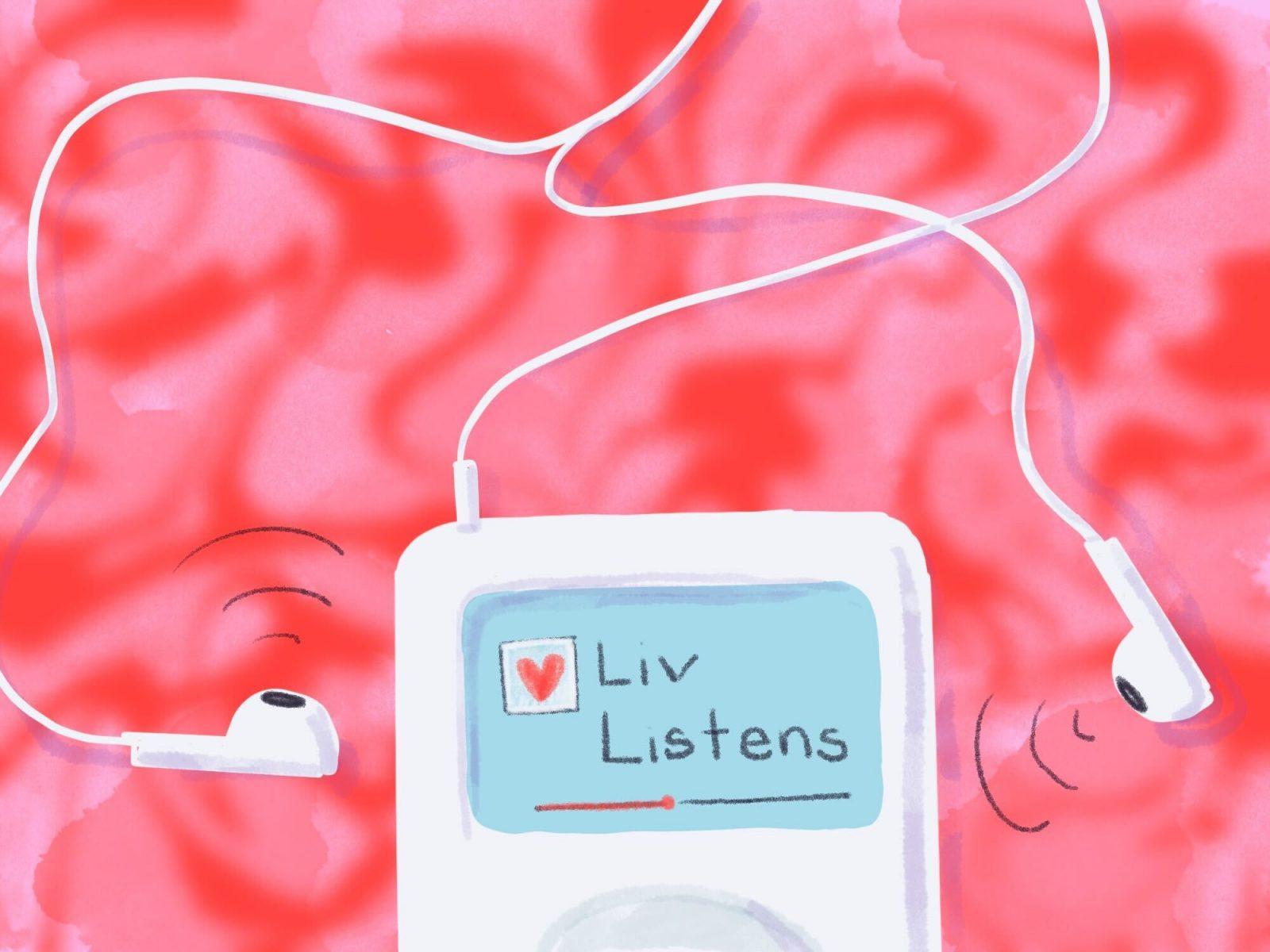The year is 2011. Hot new boy band One Direction just released their latest single “What Makes You Beautiful,” and every girl you know has a gigantic poster of its members hanging on her bedroom wall.
It’s 2017, and South Korean boy band BTS is making waves in the United States, and tens of thousands of fans are commenting on their latest Instagram post, hoping to be noticed.

And, in the year 2000, when NSYNC just released their hit single “Bye Bye Bye,” you are trying desperately to learn the choreography from their music video — spoiler alert: It’s a lot harder than it looks.
Like most middle and high schoolers, I too had a huge boy band phase. My poison was Why Don’t We, the teenage boy group that came together in 2016 and is known for songs like “8 Letters” and “Something Different.”
Listening to their music and obsessing over their every move was an integral part of my middle school years — arguably, one of the most enjoyable parts of them. But as I grow older and watch the new generation of pre-teen and teenage girls unfold, it seems like they aren’t having the same experience as I did.
Think back to the last time you saw the rise of an insanely popular boy band. It’s been a while, hasn’t it? The lack of teenage testosterone, fun dance moves and perfect pitch begs the question: What happened to the art of boy bands?
The origins of these groups can be traced back to African American barber quartets, which were popular in the late 1800s. However, we wouldn’t see another boy band until the 1960s, when the Jackson 5 debuted. The rise of boy bands as we know them began in the 1990s with groups likeBackstreet Boys and NSYNC.
Unfortunately, the popularity of boy bands seems to have halted. After One Direction split in 2016 and members of BTS enlisted in the South Korean army, no new groups reached enough mass attention to replace them.
So where did boy bands go, and why doesn’t this new generation seem to care? I have a few thoughts.
Pre-teens are aging faster
If you’ve seen 10-year-olds on TikTok filming their morning routines and dousing their faces in makeup or 12-year-olds making crude jokes on Instagram posts, you’ve probably thought to yourself: What happened to kids being kids?
This new generation of preteens may have simply outgrown the idea of boy bands. Maybe these groups were only appealing to kids in the awkward tween period, one that this generation seems to conveniently miss.
Shortened attention spans
Social media has become a popular platform for music artists to share their work. However, with the rapidly moving cycle of trends, staying relevant in the digital age is challenging.
Relevancy, not only in the music industry but in pop culture, is what keeps boy bands going. If people move on from a band too quickly, the band will never have the chance to build a loyal fan base — which is essentially what these groups thrive on.
Changing music tastes
A trend I have noticed online and amongst people I know is listening to underground music. It makes them feel special or cool knowing they are fans of artists no one has heard about.
Underground music can be a variety of genres, but it usually falls underneath the alternative, rock or indie category. If you’ve ever listened to a song produced by a boy band, you know that their music is nothing but pop.
Maybe tween music listeners are sick of pop. Maybe they don’t feel like they need another basic group of boys to sing the same love song that they’ve undoubtedly heard before. Maybe boy bands are just no longer cool.
This doesn’t mean that nothing can solve the boy band drought. Trends are always changing, and the next big boy band might one day emerge and once again have hundreds thousands of preteens and teens swooning at their feet.
But for now, new groups of young men with good rhythm seem to have gone out of style.

























































































































Alex N-S • Oct 17, 2024 at 4:30 pm
Omg the graphic is so slay!! Love the symbolism
Isabelle • Oct 17, 2024 at 4:30 pm
The graphic on this is sick!! The artist did an awesome job on this.
Isabelle • Oct 17, 2024 at 4:30 pm
The graphic on this is sick!!